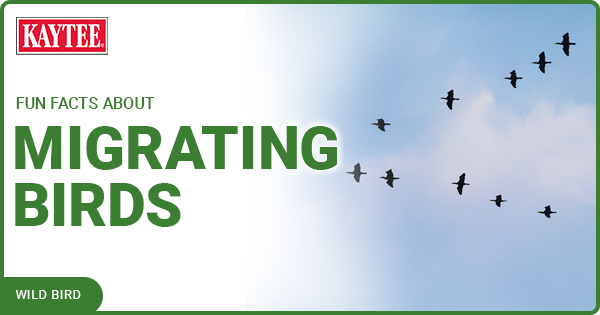10 Common Backyard Birding Mistakes
Common Backyard Birding Mistakes to Avoid
Attracting birds to your yard can be entertaining and fun, but common mistakes can prevent birds from coming to your feeders. If you're going to make the effort to buy a feeder and fill it with seeds, make sure you avoid these mistakes, too! Simple, overlooked mistakes can prevent you from enjoying an entertaining variety of feathered friends.
Getting the right feeder and filling it with seeds is a great start. But are you providing the best space for the birds? Are you offering the right feed? Are you maintaining the feeders as you should? There are a lot of factors that go into backyard birding, which is why our Kaytee Wild Bird experts are here to help!
Read through these common backyard birding mistakes – and make sure you aren't guilty of them!
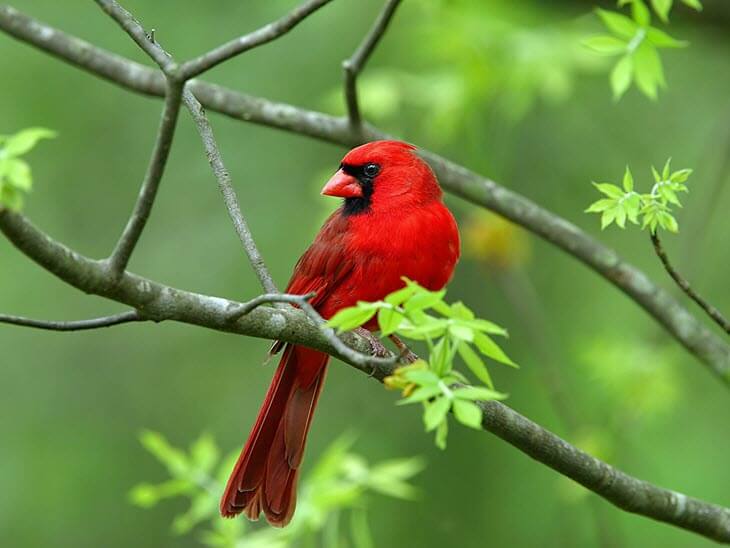
1. Not Providing Running Water
Birds rely on both food AND water from their favorite backyards. Providing a source of water along with your feeder will make your backyard a one-stop shop for birds. On both hot days and cold days, water is needed for their survival. In winter, it is important to make sure the running water doesn't freeze. To do this, use a heated birdbath. Running water is even more in demand in the winter months!
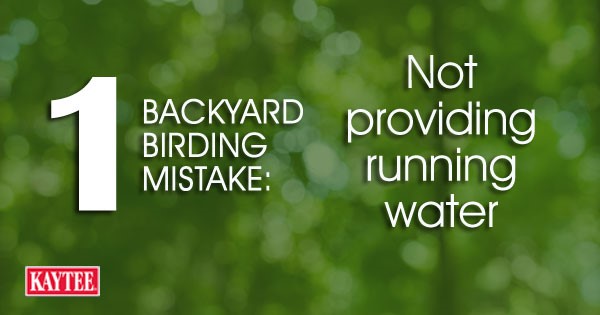
2. Not Cleaning Bird Feeders
Bird feeders with dry seed and hummingbird feeders should be cleaned weekly with 9 parts water to 1 part bleach outdoors. Cleaning feeders regularly helps prevent bacteria that can be harmful to birds and humans. If there is any moisture from rain or snow, feeders should be cleaned more often. Wash your hands after handling bird supplies.

3. Not Changing Out Seed
Bird feeders with dry seed should be cleaned monthly. Hummingbird feeders should be cleaned weekly. Cleaning feeders regularly helps prevent bacteria that can be harmful to birds. If there is any moisture from rain or snow, feeders should be cleaned more often. Clean feeders with 9 parts water to 1 part bleach weekly outdoors. Change the seed in a dry seed feeder every 5-7 days to avoid mold, bacteria, or bugs in the feeders and always wash your hands after handling bird supplies and feeders.
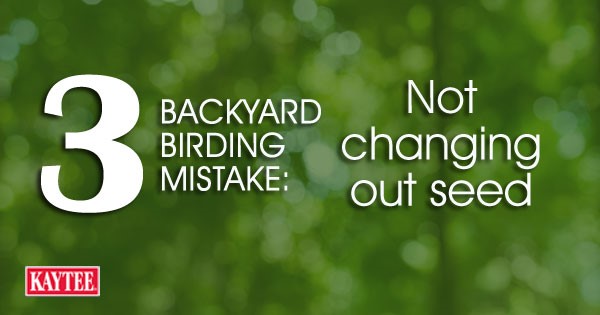
4. Not Feeding the Birds in the Winter
Birds need food and water all year long, in all areas of the U.S.! While some birds migrate, there are still species that stick around. Some birds become reliant on their regular food sources and favorite yards. Change the type of food you provide seasonally, but never put away the feeders for the winter. During the colder months, natural food sources are more limited. Similarly, they need more protein during cold months from food like suet or fruit and nut blends for energy to stay warm.
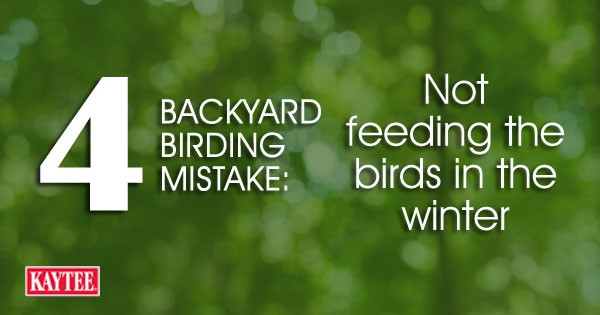
5. Using Dye in your Hummingbird Feeders
The best way to attract hummingbirds is to use the right red feeder with clear hummingbird nectar. The red dye found in some homemade nectar or other brands can be harmful to hummingbirds. There are other ways to attract hummingbirds safely that won't negatively affect their health like the artificial red dye can do. Most feeders are made of bright-colored plastic or glass, which attract them. There are also certain flowers that hummingbirds love. Adding these flowers to your garden will make your yard a hummingbird haven!
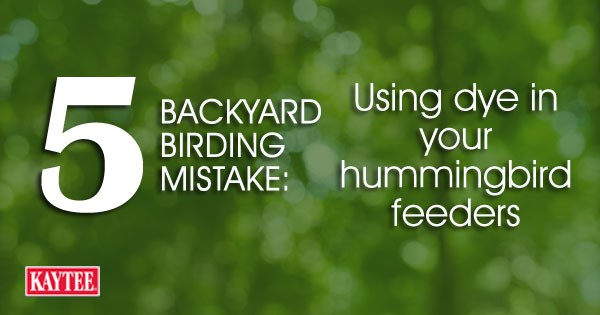
6. Not Providing Shelter
Birds find comfort in natural shelter from shrubs, trees, and bushes. This can help them feel protected from predators and provide an area to rest after taking a long flight. Make sure trees and taller shrubbery aren't too close to feeders because this can give critters easy access to jump onto feeders and scare away birds.
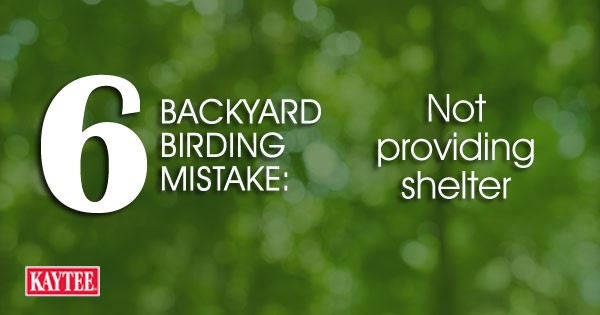
7. Keeping Bird Feeders too Close to your House
Another way to help birds feel safe in your backyard is by keeping a little distance between the feeders and your home. Birds also need space to fly in from above to land on feeders. Keeping feeders too close to windows and the sides of a house could cause harm if birds fly into windows. Birds might also avoid feeders if they are too close to people in fear of predators.
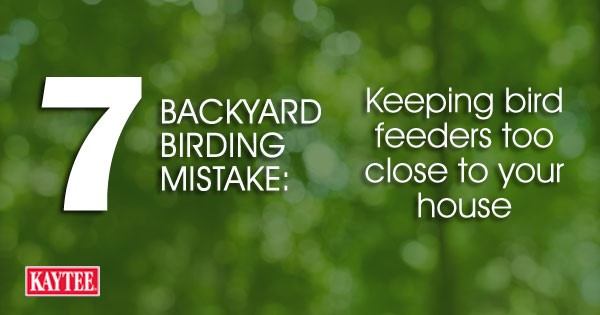
8. Not Targeting Birds you Want to See
There are many single seeds, blends, treats, and suet cakes to pick from. If there are certain birds you want to see in your yard, make sure to include that bird's favorite food to target the right species. There are also some birds that only live in certain areas of the world. Make sure to put out the right seed for the birds in your area. Kaytee offers charts and seed suggestions to help you target your favorite species.

9. Feeding Bread to Birds
Wild birds need nutrition and a healthy diet to survive. When they are fed bread, their small stomachs fill up with empty calories, which prevent them from being able to eat the items they need like seeds, bugs, fruit, and nuts. For example, birds need protein for energy to migrate. The best way to give them this is with suet cakes.

10. Not Having Birdhouses or Nesting Areas
After winter ends, birds settle into their permanent homes after returning from a long migration. They return to these homes to nest and mate in the spring. While providing food and water to birds is great, offering them a place to make their nest is a great way to attract even more birds. Birdhouses and natural nesting areas like trees, shrubs, and bushes provide safe areas for birds to built a nest and have a family! Most birds will even return to the same nesting spots each year. Some research has shown that baby birds return to the yards they were born in and build their nests in the same area.










.png?h=315&iar=0&w=600&hash=9C09A701CB4D5CF9B2C5B7FA2DA01F2E)
